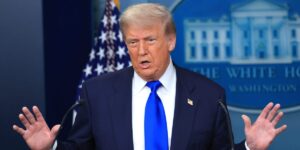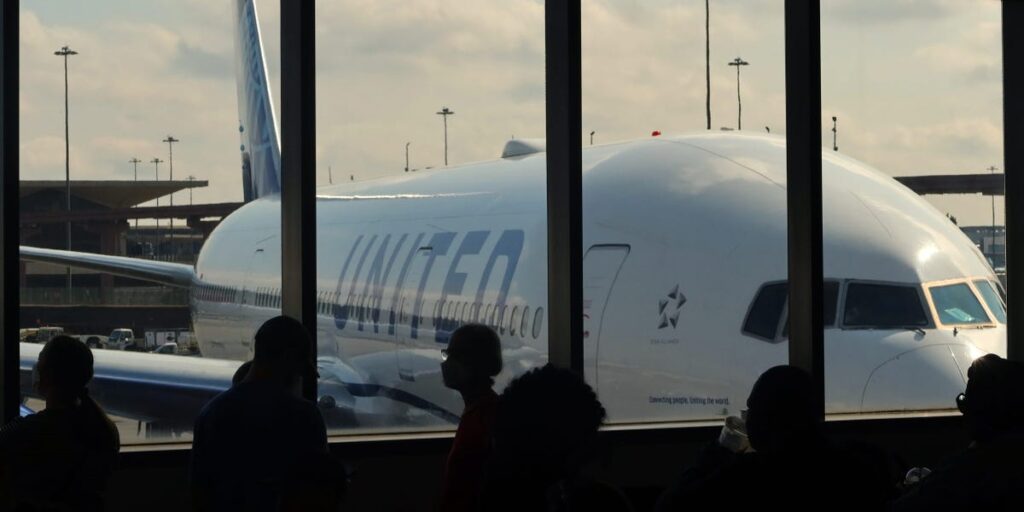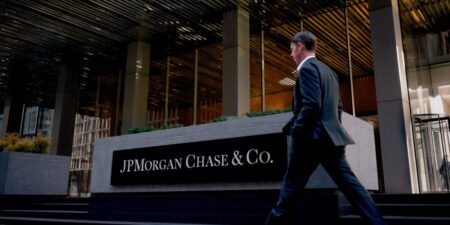After a spell of severe disruption, Newark Airport is back to normal operations — and United Airlines is reaping the benefits.
Chronic understaffing, technology outages, and runway construction caused delays of up to five hours in April and May.
This was particularly damaging for United, given that it operates around 70% of flights at the New Jersey airport.
Following calls for action from the airline’s CEO, Scott Kirby, the Federal Aviation Administration limited the number of flights in and out of Newark in late May.
In United’s second-quarter earnings call on Thursday, Kirby said he was “incredibly appreciative” to government officials and agencies for “finally putting Newark on a level playing field with LaGuardia and JFK.”
“I’ve literally been begging them to do that from the time I’ve been here at United,” he added. “It’s simple math.”
The airline reported that its Newark operation regained the title of best on-time performance among New York City-area airports for June.
Alongside the hourly flight caps, technology has been upgraded, and runway construction was completed nearly two weeks ahead of schedule.
The Port Authority of New York and New Jersey, which operates the airport, did not immediately respond to a request for comment sent outside regular working hours.
Toby Enqvist, United’s chief operating officer, said the chaos and “extensive negative news coverage” drove away bookings and saw load factors drop by 15 percentage points. That meant margins for the second quarter fell 1.2 percentage points, he added.
“Bookings have largely recovered, and we don’t expect any impact in Q4 because Newark isn’t just back to normal, it’s running better than ever,” Enqvist said.
United reported second-quarter profits of $1 billion, beating Wall Street expectations, on revenues of $15.2 billion. Its share price rose about 3%.
Airline stocks have whipsawed this year due to concerns over reduced demand due to economic volatility, largely linked to Donald Trump’s tariff plans.
However, demand is now coming back.
“The economy hit a turning point, an inflection point, at the end of June, and I expect that to continue,” Kirby said.
Read the full article here
















